Jaguar XF Sportbrake Review: A Diesel Dinosaur Not Ready For Extinction
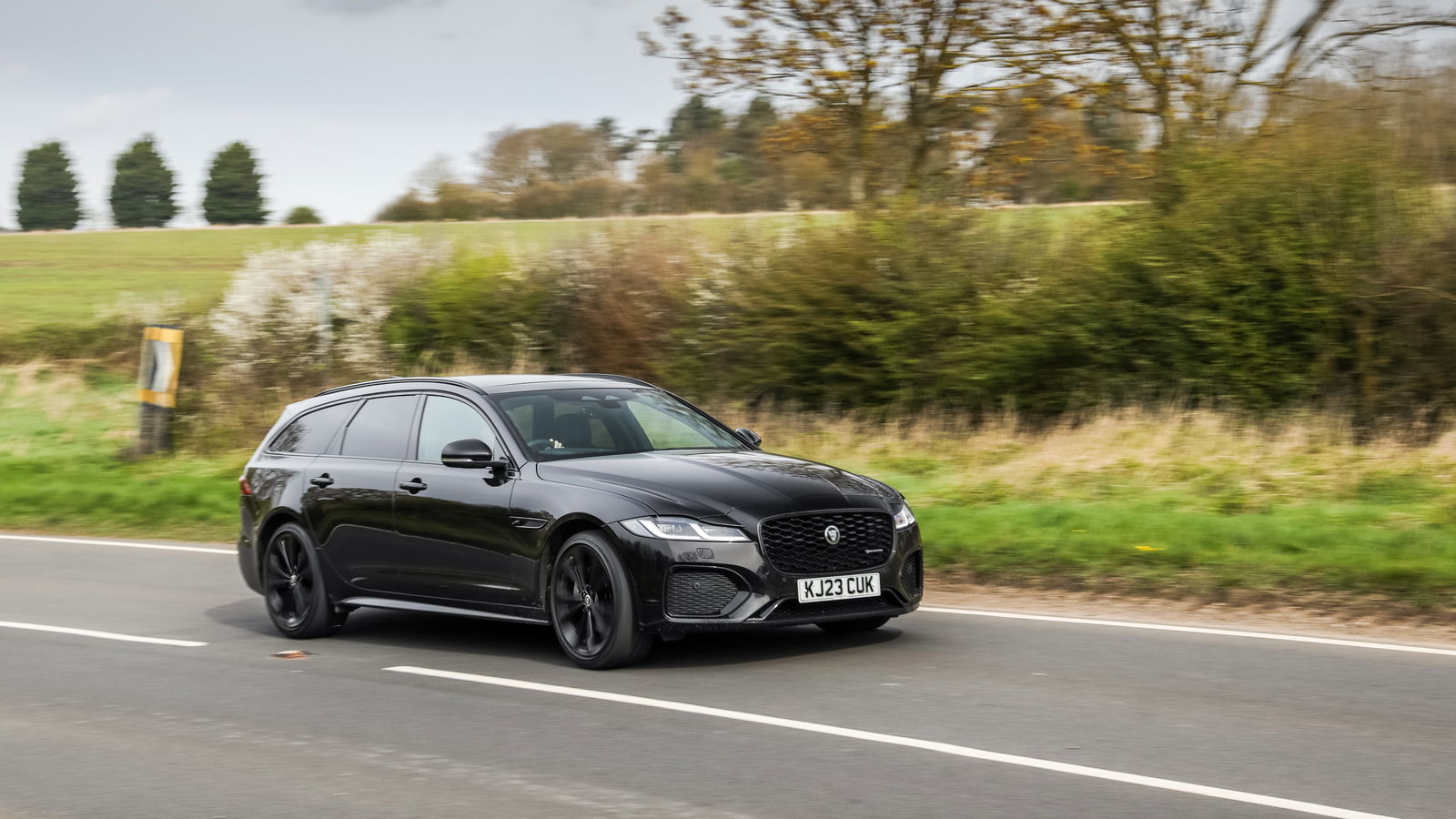
Pros
- Still the best interior you’ll find in a JagDiesel engine suits it perfectly
Cons
- Surprisingly lairy at low speedsYou can't order one
There’s something very satisfying about hopping into a car for the first time and seeing ‘607 miles’ indicated on the fuel gauge. Now, not to turn this into a rant about electric vehicles and how actually, we should all keep burning dead dinosaurs forever more, but something is endorphin-inducing knowing you’re not going to have to worry about recharging or fuelling anytime soon.
No, diesel isn’t the trendy thing, nor is it the way forward, but getting behind the wheel of an oil burner in 2023 feels a bit like slipping back into a comfortable old hoodie at the back of the cupboard. Perhaps aptly, then, the same could be said for the Jaguar XF Sportbrake that this Ingenium unit is sitting under the elongated bonnet of.
We’ll forgive you if you’d forgotten about the XF. Some facelifts have come on the way, but the X260-generation of the big Brit has been rolling off the production line since 2015, and will stop in June. In that time, we’ve had two new BMW 5-series, two new Mercedes E-Class and another Audi A6.
.jpg?width=1600)
Now, you could be an optimist and say the platform is so good that JLR simply hadn’t felt a need to replace the ageing executive. More realistically, though, a huge growth in SUVs, electric or otherwise, alongside a total rethink of Jaguar of the future likely stifled development funds of a replacement and left the XF going on much longer than Jaguar perhaps anticipated all those years ago. There'll be no successor.
In its final days, we have one here, though, and in an even less fashionable (unfortunately) estate form that arrived in 2017 with its most recent wide-scale update a couple of years ago.
Does it feel outdated? Sitting inside, perhaps a little - but actually in a sort of pleasant way. You do have an 11.4-inch central infotainment system loaded up with JLR’s Pivi Pro software, which is slick to use and comes loaded with wireless Android Auto and Apple CarPlay, yet doesn’t go overboard on housing functions. You’ve still got physical climate control switches, a proper gear selector and a (perhaps overly bougie) retractable drive mode rotary dial.
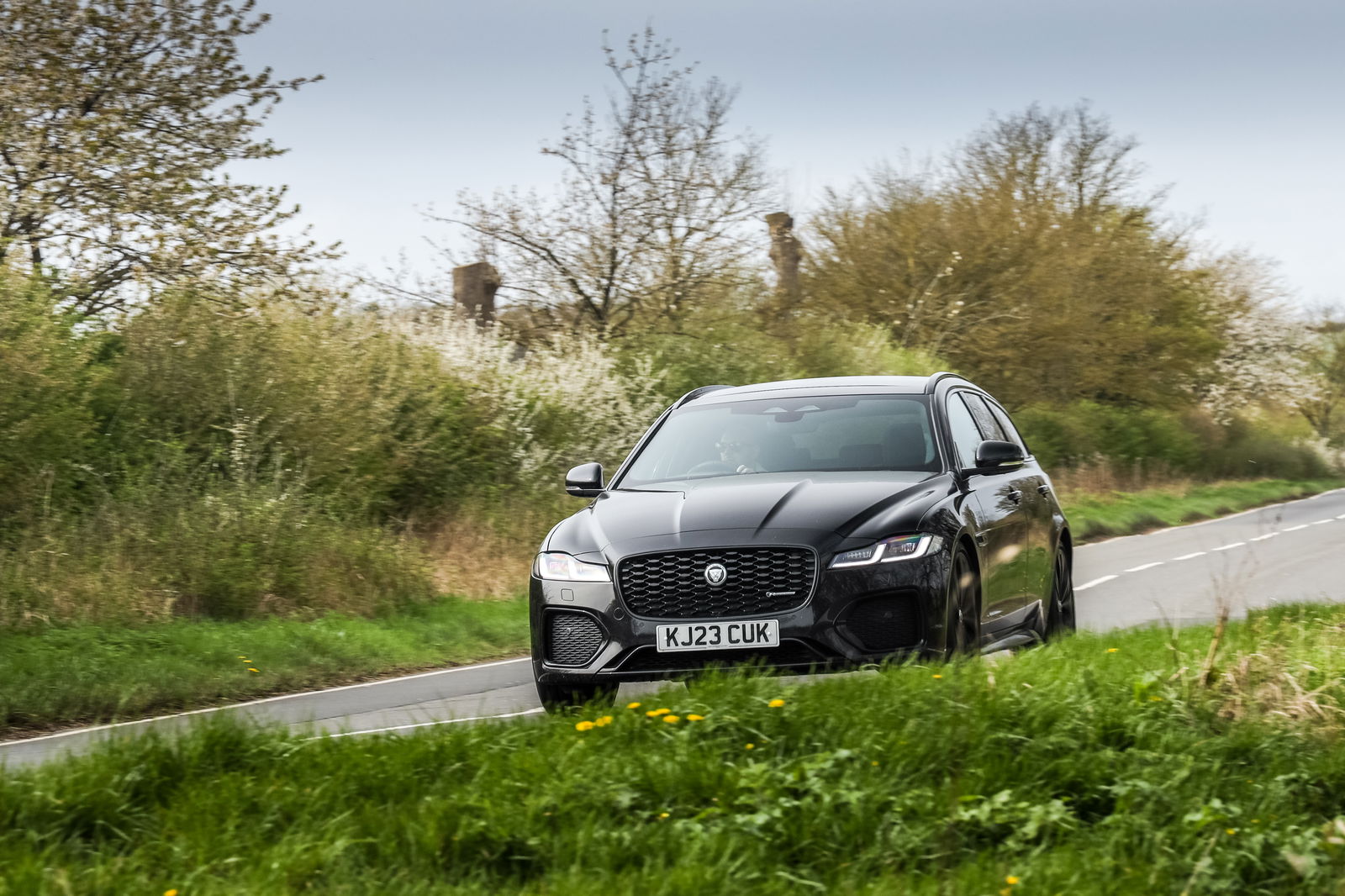
Build quality is very good too, and a slight step above some of the inconsistent naffness that has come from more than a few newer JLR cars. Perhaps this is the peak of Jaguar interiors.
There’s got to be credit given too for just how huge that boot is. At 565 litres, it’s bigger still than even the newly-revealed BMW 5-series Touring and continues to match the Audi A6 Avant. A Mercedes E-Class will take more still, but then this is a car that starts at £43,005 (provided you can find one in stock, now) - a whole £15,000 cheaper than the Merc yet without feeling that gap.
Less credit is given to just how unexpectedly lairy the XF is. Being rear-driven and with 316lb ft of torque on tap from the 2.0-litre diesel four-pot, you’d expect a little bit of waywardness with a careless right foot. Even at sedate junction exits, though, and with what is a bit of a sluggish torque-converter auto, it can struggle for traction and spring up a few hairs on your back if you’re not ready for it.
.jpg?width=1600)
Not that it presents any real issue once you’re at speed. Engaging wouldn’t be the way to describe attacking a twisty road with the XF, certainly not in the way the outgoing 5-series could offer, but it’s a little more involving than rivals from Mercedes and Audi. Steering is well-judged if a little vague, and the passive steel springs this car rides on do a decent job of managing 1,870kg of heft. Adaptive dampers are optional, but I’m not sure they’re necessary.
It’s not a shockingly fast thing, with peak power ‘only’ at 201bhp looking pitiful on paper in a world of 429bhp MG4s but in the real world, the low-end punch of a diesel still delivers strong progression. Once you’re at speed, the jerkiness of the auto gearbox smoothens out nicely, too.
Unsurprisingly, the XF Sportbrake is best enjoyed on the motorway. It’ll tick barely over 1,000rpm as you’re churning up 70mph stretches and without hampering your experience with much noise - be that engine, road or otherwise. That passive suspension setup still shines here, although I’d personally go down a wheel size - the 20s this car rides on proving just a tad too harsh.

An average of about 43mpg over the best part of 400 miles of driving is nothing to turn your nose up at - albeit throw your kids, dog and various assortments in and that’ll naturally take a hit.
Which really, is the use case for this kind of car. Electric has its place, mostly in built-up cities clouded with congestion and desperate for a ULEZ introduction, but out on the motorway when all you want to do is cover big miles without much fuss, range anxiety and at a not-horrible asking price, the XF Sportbrake still continues to tick those boxes.
Its entry price is almost £30k less than a BMW i5 Touring, its only comparable electric rival available right now, and still £10k cheaper than even a Volkswagen ID.7 saloon. Neither the Jaguar XF Sportbrake nor diesel is the future, but in the here and now, it still makes sense. Grab one while you can.
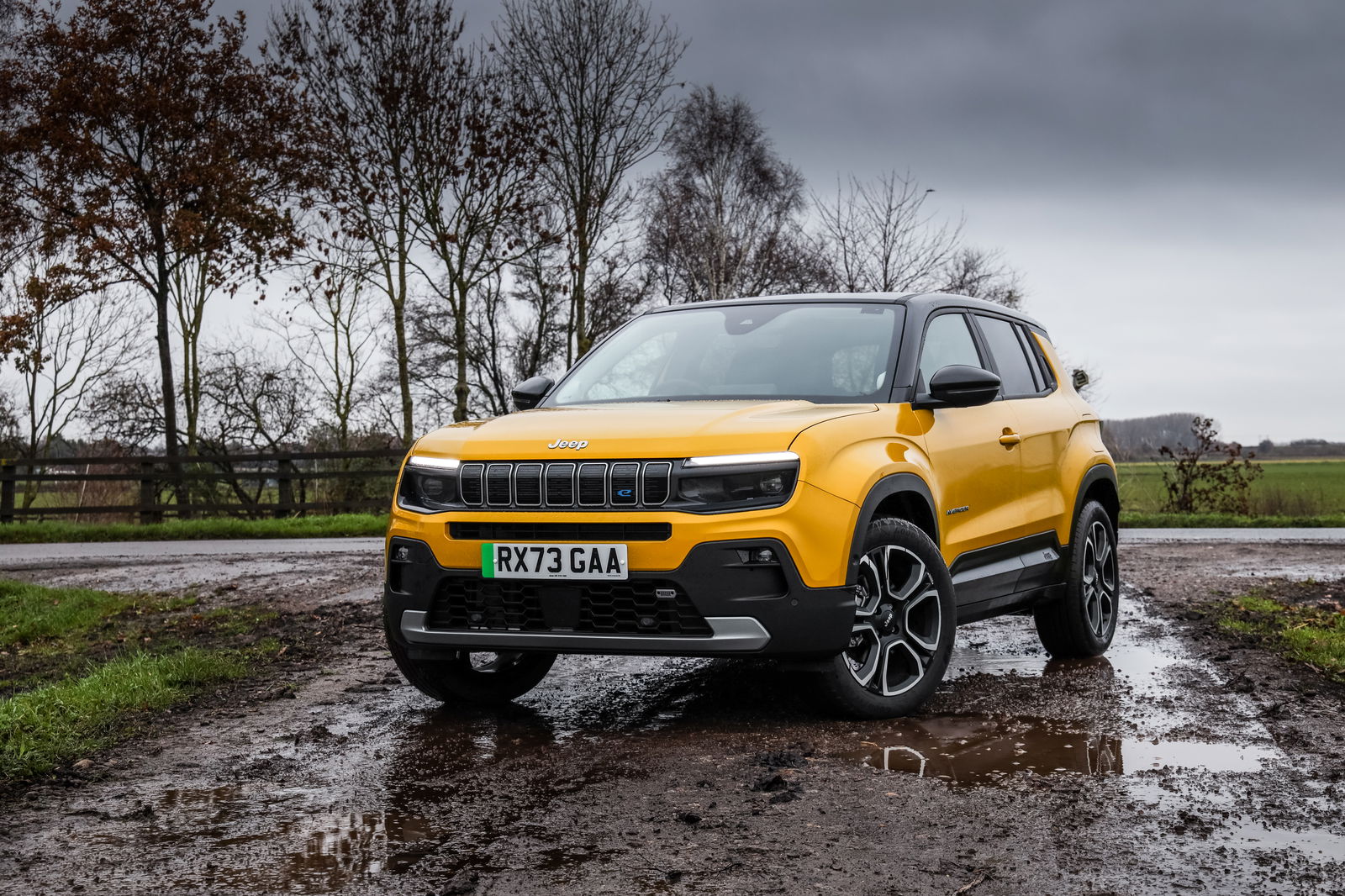
.jpeg?width=1600)




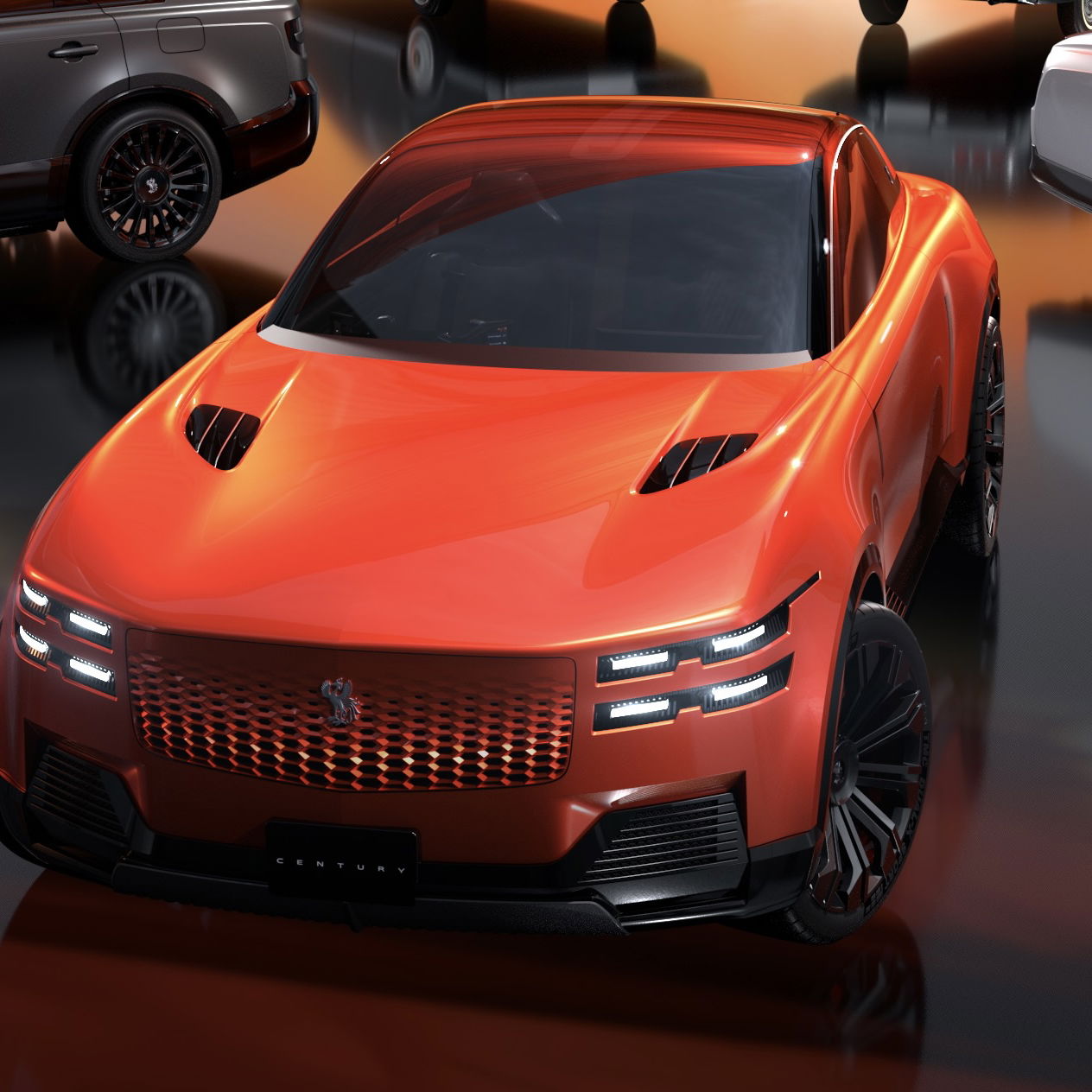
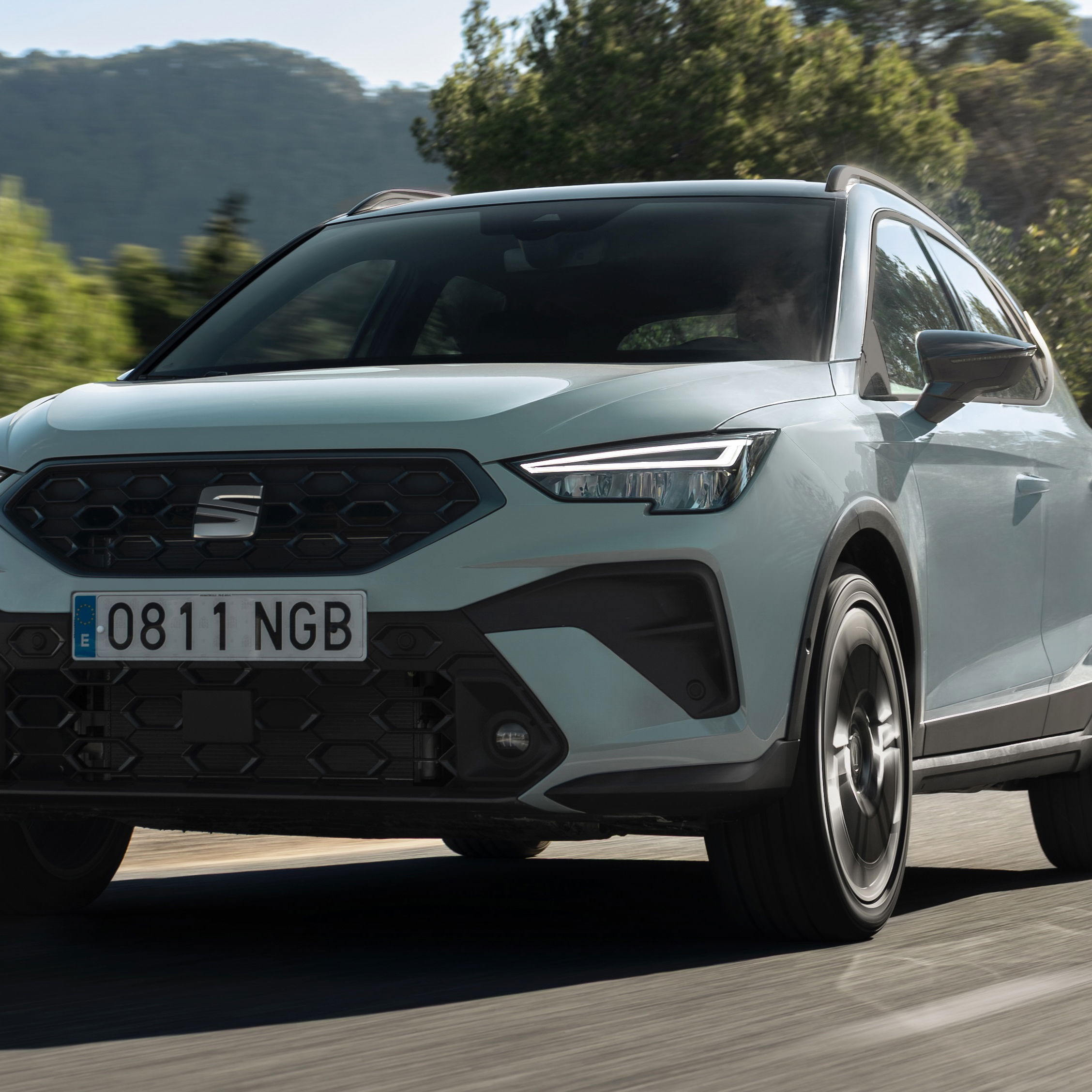



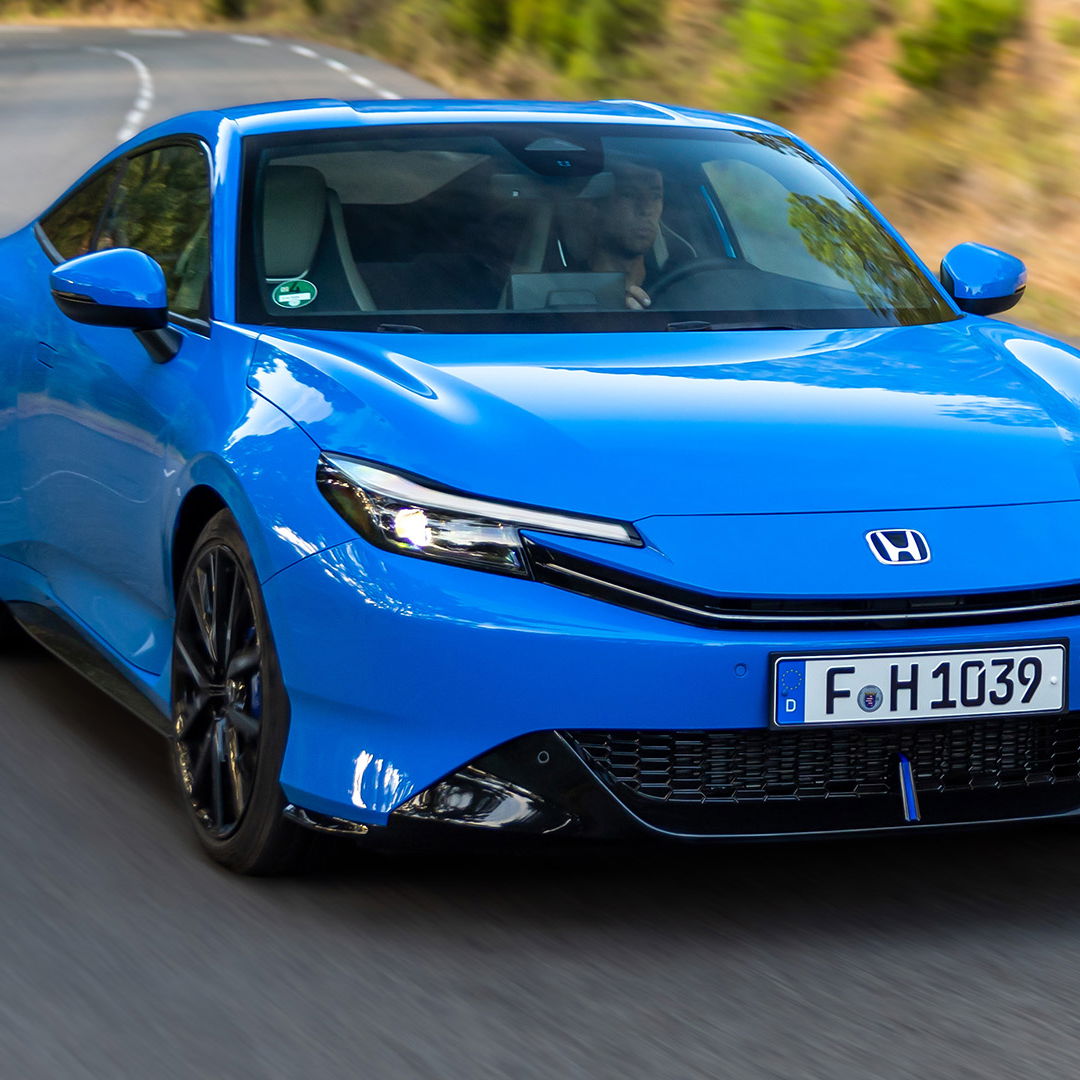
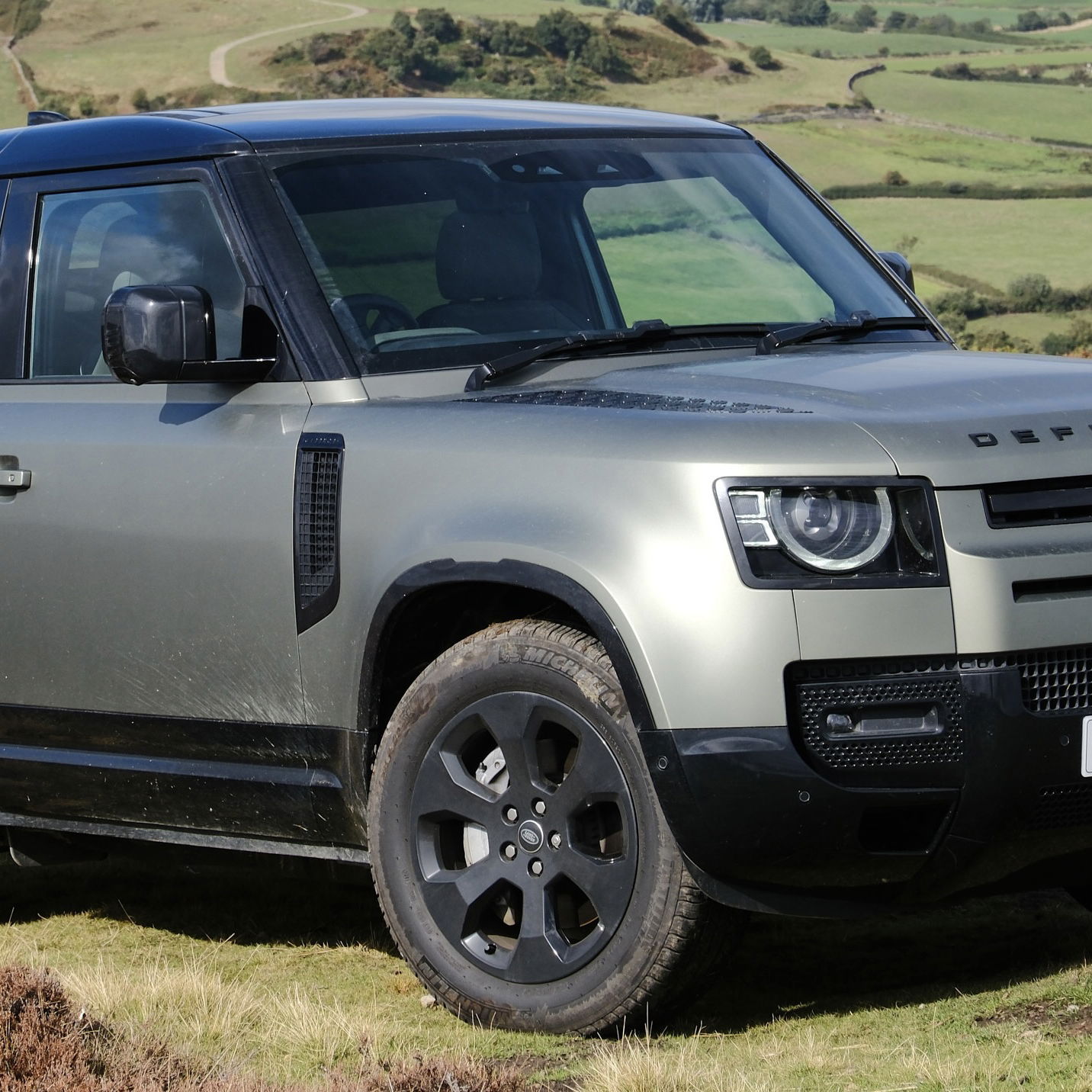


Comments